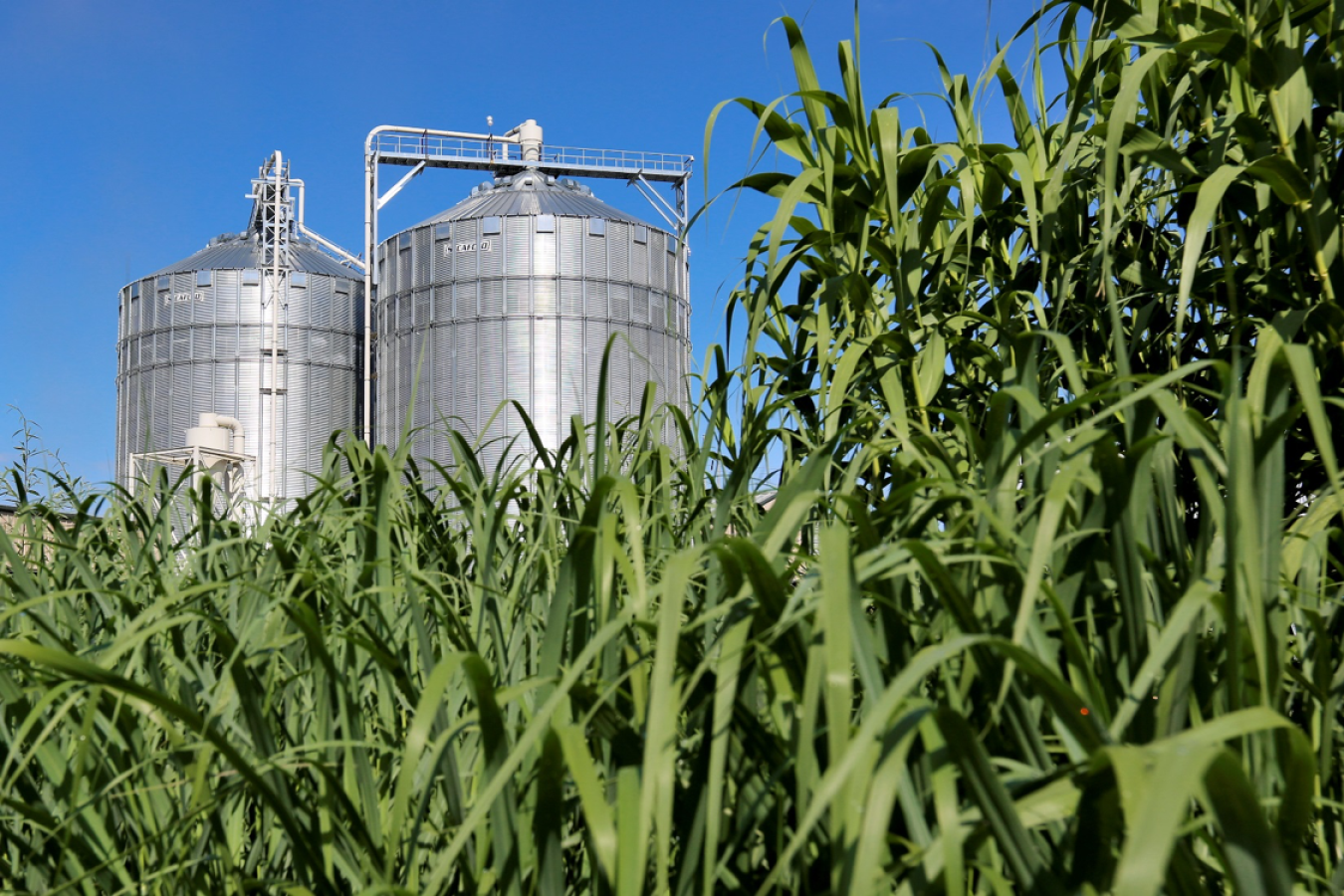Biomass resources that are available on a renewable basis and are used either directly as a fuel or converted to another form or energy product are commonly referred to as “feedstocks.”
Biomass Feedstocks
Biomass feedstocks include dedicated energy crops, agricultural crop residues, forestry residues, algae, wood processing residues, municipal waste, and wet waste (crop wastes, forest residues, purpose-grown grasses, woody energy crops, algae, industrial wastes, sorted municipal solid waste [MSW], urban wood waste, and food waste).
Dedicated Energy Crops
Dedicated energy crops are non-food crops that can be grown on marginal land (land not suitable for traditional crops like corn and soybeans) specifically to provide biomass. These break down into two general categories: herbaceous and woody. Herbaceous energy crops are perennial (plants that live for more than 2 years) grasses that are harvested annually after taking 2 to 3 years to reach full productivity. These include switchgrass, miscanthus, bamboo, sweet sorghum, tall fescue, kochia, wheatgrass, and others. Short-rotation woody crops are fast-growing hardwood trees that are harvested within 5 to 8 years of planting. These include hybrid poplar, hybrid willow, silver maple, eastern cottonwood, green ash, black walnut, sweetgum, and sycamore. Many of these species can help improve water and soil quality, improve wildlife habitat relative to annual crops, diversify sources of income, and improve overall farm productivity.
Agricultural Crop Residue
There are many opportunities to leverage agricultural resources on existing lands without interfering with the production of food, feed, fiber, or forest products. Agricultural crop residues, which include the stalks and leaves, are abundant, diverse, and widely distributed across the United States. Examples include corn stover (stalks, leaves, husks, and cobs), wheat straw, oat straw, barley straw, sorghum stubble, and rice straw. The sale of these residues to a local biorefinery also represents an opportunity for farmers to
generate additional income.
Forestry Residues
Forest biomass feedstocks fall into one of two categories: forest residues left after logging timber (including limbs, tops, and culled trees and tree components that would be otherwise unmerchantable) or whole-tree biomass harvested explicitly for biomass. Dead, diseased, poorly formed, and other unmerchantable trees are often left in the woods following timber harvest. This woody debris can be collected for use in bioenergy, while leaving enough behind to provide habitat and maintain proper nutrient and hydrologic features. There are also opportunities to make use of excess biomass on millions of acres of forests. Harvesting excessive woody biomass can reduce the risk of fire and pests, as well as aid in forest restoration, productivity, vitality, and resilience. This biomass could be harvested for bioenergy without negatively impacting the health and stability of forest ecological structure and function.
Algae
Algae as feedstocks for bioenergy refers to a diverse group of highly productive organisms that include microalgae, macroalgae (seaweed), and cyanobacteria (formerly called “blue-green algae”). Many use sunlight and nutrients to create biomass, which contains key components—including lipids, proteins, and carbohydrates— that can be converted and upgraded to a variety of biofuels and products. Depending on the strain, algae can grow by using fresh, saline, or brackish water from surface water sources, groundwater, or seawater. Additionally, they can grow in water from second-use sources, such as treated industrial wastewater; municipal, agricultural, or aquaculture wastewater; or produced water generated from oil and gas drilling operations.
Wood Processing Residues
Wood processing yields byproducts and waste streams that are collectively called wood processing residues and have significant energy potential. For example, the processing of wood for products or pulp produces unused sawdust, bark, branches, and leaves/needles. These residues can then be converted into biofuels or bioproducts. Because these residues are already collected at the point of processing, they can be convenient and relatively inexpensive sources of biomass for energy.
Sorted Municipal Waste
MSW resources include mixed commercial and residential garbage, such as yard trimmings, paper and paperboard, plastics, rubber, leather, textiles, and food wastes. MSW for bioenergy also represents an opportunity to reduce residential and commercial waste by diverting significant volumes from landfills to the refinery.
Wet Waste
Wet waste feedstocks include commercial, institutional, and residential food wastes (particularly those currently disposed of in landfills); organic-rich biosolids (i.e., treated sewage sludge from municipal wastewater); manure slurries from concentrated livestock operations; organic wastes from industrial operations; and biogas (the gaseous product of the decomposition of organic matter in the absence of oxygen) derived from any of the above feedstock streams. Transforming these “waste streams” into energy can help create additional revenue for rural economies and solve waste-disposal problems

